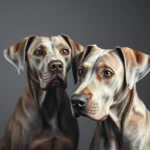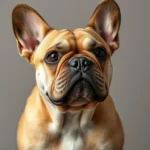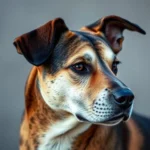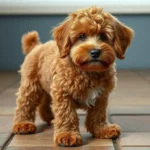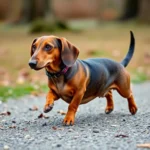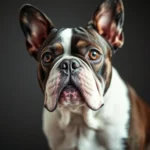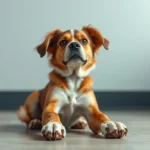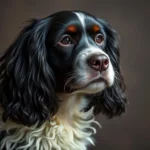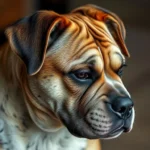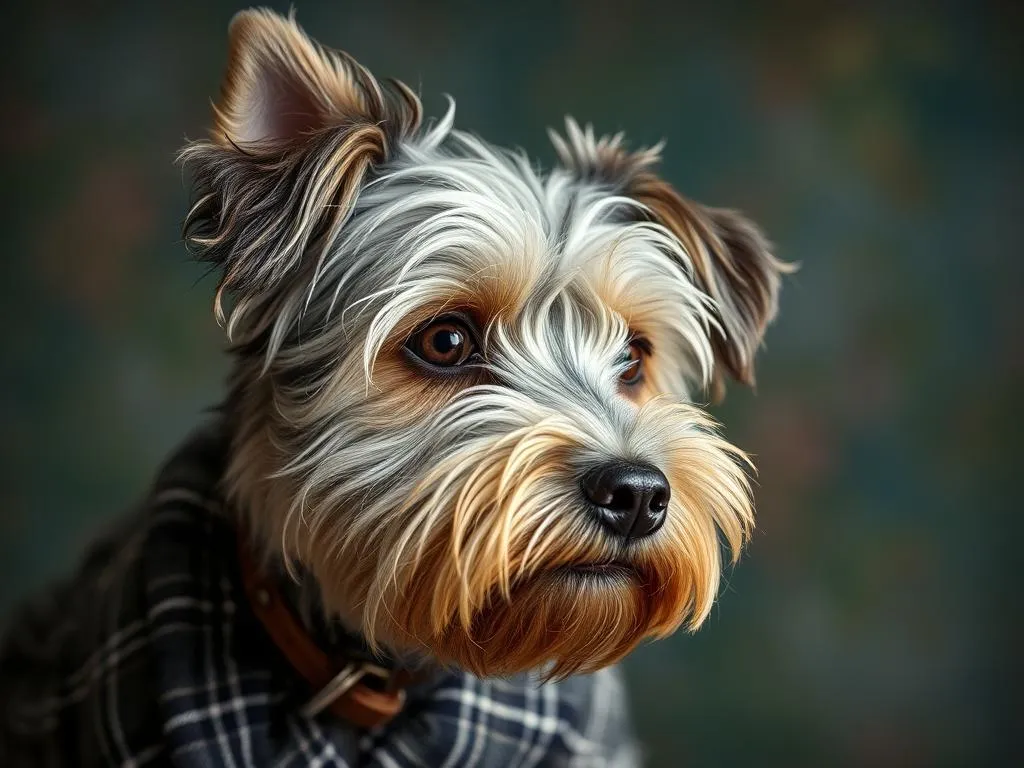
Understanding different dog breeds is essential for any potential pet owner. Each breed comes with its unique characteristics, behaviors, and care needs, which play a crucial role in ensuring a harmonious relationship between the dog and its owner. Among these breeds, the Dandie Dinmont Terrier stands out due to its distinctive traits and charming personality. This article will delve into the fascinating world of the Dandie Dinmont Terrier, covering its history, characteristics, care needs, and more.
The Importance of Understanding Dog Breeds
Overview of Dog Breeds
Dog breeds are classifications of domestic dogs based on specific traits, such as size, appearance, temperament, and purpose. They serve various functions, from working and herding to companionship and protection. Understanding these classifications helps potential dog owners make informed decisions when choosing a pet that fits their lifestyle and needs.
Why Breed Knowledge Matters
Knowledge about a particular breed’s characteristics can significantly influence pet ownership. Understanding a breed’s behavior, health, and care requirements can help owners provide the best possible environment for their pets. For instance, certain breeds may require more exercise, specialized diets, or specific grooming routines, all of which can impact the owner’s lifestyle.
Introduction to the Dandie Dinmont Terrier
Historical Background
The Dandie Dinmont Terrier originates from the border region between England and Scotland. Named after a character in Sir Walter Scott’s novel “Guy Mannering,” the breed was initially developed to hunt otters and badgers. Their distinct appearance and friendly demeanor have made them popular companions over the years. The breed’s history of being a working dog coupled with its adaptability to family life makes it unique among terriers.
Physical Characteristics
The Dandie Dinmont Terrier is a small to medium-sized dog, typically weighing between 18 to 24 pounds and standing about 8 to 11 inches tall at the shoulder. Their most striking feature is their long, low body and distinctive topknot of hair on the head, giving them a unique and charming appearance.
- Coat Type: The breed has a double coat, which is soft and silky beneath, while the outer coat is harsher and more wiry.
- Color Variations: Common color variations include mustard and pepper, with the latter being a mix of gray and black.
- Distinct Features: Their long, droopy ears and short legs contribute to their adorable look, making them easily recognizable.
Temperament and Personality Traits
The Dandie Dinmont Terrier is known for its friendly and affectionate nature. They are intelligent and can be quite stubborn, which may pose challenges during training. However, their playful and loving disposition makes them excellent companions for families and individuals alike.
- Compatibility: They generally get along well with children and other pets, though early socialization is recommended to ensure they develop positive behaviors.
- Common Quirks: Dandie Dinmonts are known for their loyalty and can become attached to their owners, sometimes displaying protective behaviors.
Care and Maintenance of Dandie Dinmont Terriers
Grooming Needs
Regular grooming is essential for maintaining the coat of a Dandie Dinmont Terrier. Their unique coat requires a specific grooming schedule:
- Brushing: At least once a week to prevent matting and tangles.
- Hand-Stripping: Some owners choose to hand-strip the coat to maintain its texture and color.
- Bathing: Only as needed, as over-bathing can strip the coat of its natural oils.
Diet and Nutrition
A balanced diet is crucial for the health of a Dandie Dinmont Terrier:
- Recommended Diet: High-quality dog food tailored to small breeds is ideal. Look for options that include protein sources, whole grains, and healthy fats.
- Feeding Guidelines: Adult Dandie Dinmonts typically require two meals a day, with portion control to prevent obesity, as they can be prone to weight gain.
Exercise Requirements
The Dandie Dinmont Terrier has moderate exercise needs:
- Daily Exercise: About 30 to 60 minutes of exercise each day, which can include walks, playtime, and mental stimulation activities.
- Suitable Activities: Agility training, fetch, and interactive toys can help keep them engaged and healthy.
Health Considerations
While generally healthy, Dandie Dinmont Terriers can be susceptible to certain health issues:
- Common Health Problems: These may include hip dysplasia, patellar luxation, and certain eye conditions.
- Veterinary Care: Regular check-ups are vital to catch any potential health issues early and to maintain overall wellness.
Training and Socialization
Basic Training Tips
Training a Dandie Dinmont Terrier can be rewarding yet challenging due to their intelligence and stubbornness:
- Effective Methods: Positive reinforcement techniques, such as treats and praise, work best with this breed.
- Challenges: They may not always respond to commands if they find something more interesting, so consistency and patience are key.
Socialization Strategies
Socialization is crucial for a well-rounded Dandie Dinmont Terrier:
- Importance of Socialization: Introducing them to various environments, people, and other animals will help develop their confidence and reduce fearfulness.
- Recommended Activities: Puppy classes, dog parks, and playdates with other dogs can provide beneficial social experiences.
Dandie Dinmont Terrier in Popular Culture
Notable Appearances in Media
The Dandie Dinmont Terrier has made several notable appearances in movies and literature:
- Cultural Influence: Their unique characteristics and charm have been featured in various forms of media, contributing to their popularity as family pets.
Famous Dandie Dinmont Terriers
Throughout history, several Dandie Dinmont Terriers have gained fame:
- Celebrity Ownership: Some famous individuals have owned Dandie Dinmonts, further enhancing the breed’s appeal through their associations.
- Anecdotes: Stories of their loyalty and intelligence have captured the hearts of many, solidifying their status as beloved companions.
Conclusion
Summary of Key Points
The Dandie Dinmont Terrier is a unique breed with a rich history, distinct physical characteristics, and an affectionate temperament. Understanding their care requirements, training needs, and health considerations is essential for potential owners. By recognizing the specific traits of this breed, individuals can make informed decisions about pet ownership.
Final Thoughts
As with any breed, responsible pet ownership is crucial. Those interested in adopting a Dandie Dinmont Terrier should take the time to research and understand the breed’s intricacies. Sharing experiences and knowledge about this charming breed can help foster a community of informed dog owners who appreciate the unique qualities of the Dandie Dinmont Terrier.
